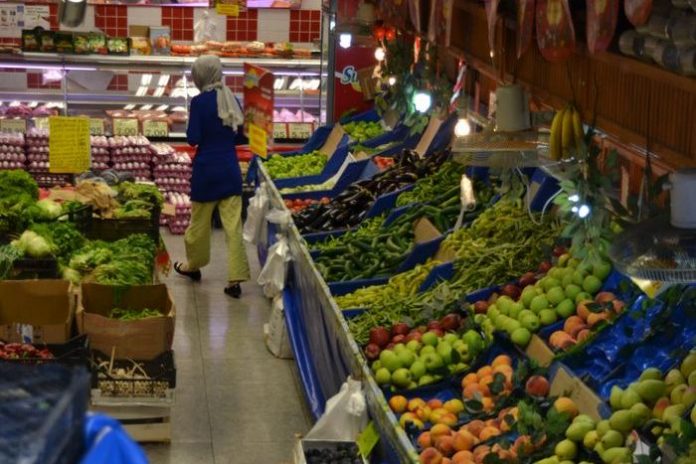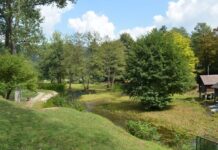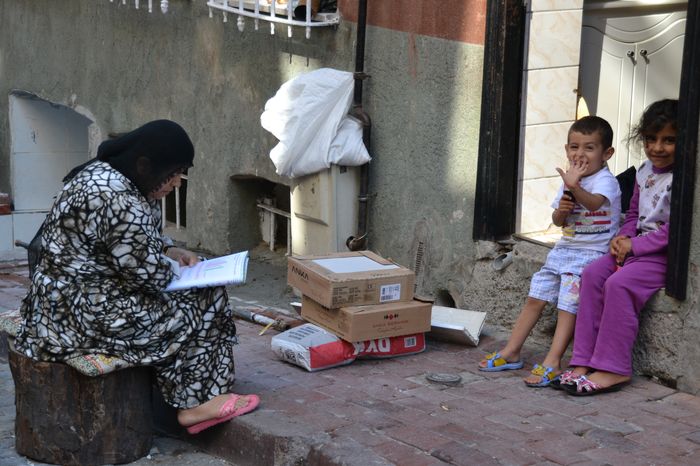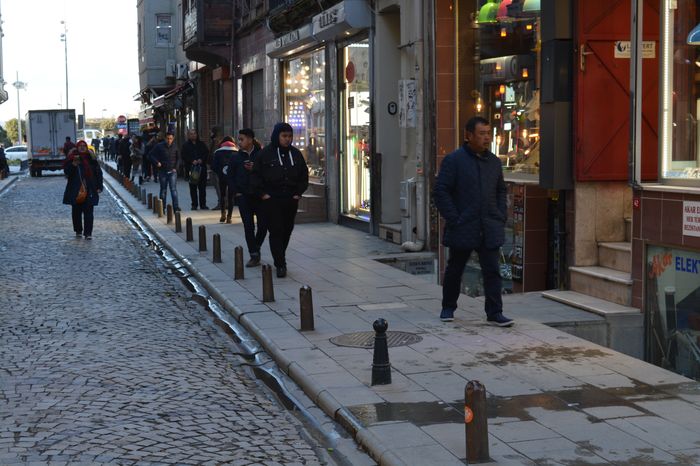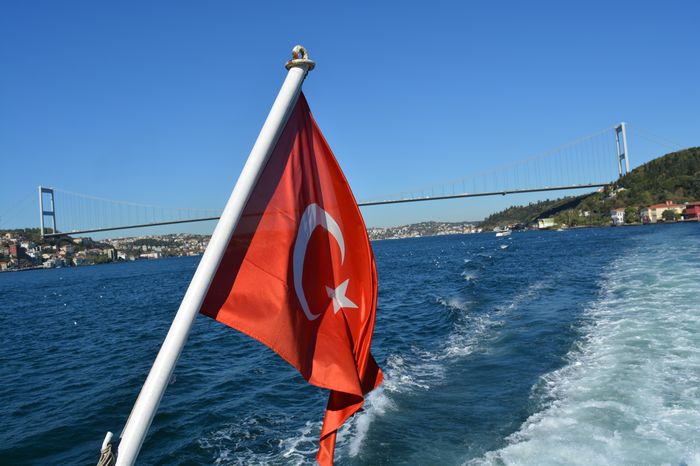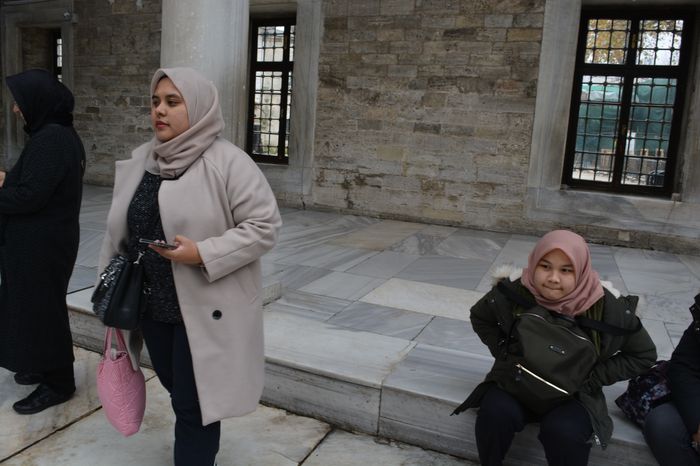Exploring Istanbul’s Vezneciler neighborhood, one can encounter the Kalenderhane Mosque, a remarkable relic from the Byzantine Era. Restored in the 1960s, this structure unveils a rich tapestry of historical periods. Its origins trace back to a Roman bathhouse dating from the 3rd to 4th centuries. Subsequently, in the 6th century, a church was erected on this site, undergoing numerous renovations before adopting its current form in the 12th century.
Witness to Historical Transitions
During the Crusader occupation of Constantinople and the establishment of a Latin monarchy, the church served Franciscan priests who erected a chapel dedicated to Saint Francesco in its southern section. Fragments narrating the life of Saint Francesco are now housed in the Istanbul Archaeology Museums. Various names have been attributed to the Byzantine structure over time. Post the Conquest of Istanbul, Sultan Mehmet the Conqueror bestowed the church upon the Kalenderi dervishes, leading to its designation as Kalenderhane. Serving briefly as a Mevlevihane, it is deemed the oldest Mevlevi lodge in the city. Converted into a mosque in the 18th century, it underwent modifications, including the addition of a minbar. Inscriptions from the Ottoman Era, displayed at the entrance, attest to its historical transitions Exploring Istanbul Archaeology Museums.
Resilience Amid Challenges
The mosque endured trials, facing damage from fires and earthquakes over the centuries. In 1930, a lightning strike caused the minaret to collapse, further contributing to its dilapidation. Neglected for years, the mosque found restoration in the 1960s, reopening its doors for worship.
Architectural Marvels and Artistic Splendor
The rear section of the Kalenderhane Mosque, accessible through vaulted chambers, reveals its closed Greek cross layout topped with a dome, renewed during the Ottoman Era. Its walls, adorned with alternating rows of stone and brick, exude architectural elegance. Colorful marble plaques and reliefs adorn the interior, hinting at its former grandeur. Traces of frescoes and mosaics still grace select sections, offering glimpses into its artistic past.
The Kalenderhane Mosque stands as a testament to Istanbul’s rich cultural heritage, embodying layers of history within its walls Holiday Bulgaria. From Roman baths to Byzantine churches, Franciscan chapels to Mevlevi lodges, and Ottoman mosques, it encapsulates the city’s diverse historical narrative, inviting visitors to delve deeper into its fascinating past.
